This publication came at a great time for Saints, who had a well-stocked trophy cabinet and a vast stadium with a 50,000 capacity. They would win the Scottish Cup two years later. You can read the full text on my Publications page, or just click on the image above.
|
The latest instalment in my digitisation programme of early Scottish sporting histories is this 1924 booklet on St Mirren. It was published by GW May of London, who produced a series of similar volumes on football clubs and cricket counties. In Scotland, they commissioned the veteran journalist RM Connell to write the text, and he was able to draw on his considerable experience to provide a very informative look back. As well as St Mirren, the other clubs featured in the series were Raith Rovers, Queen's Park and Partick Thistle, and needless to say they are all very rare now. Robert Morrison Connell (1864-1940) was also known by his pen name 'Bedouin'. He was the first president of the Scottish Junior FA and wrote quite a number of booklets that are invaluable when researching the early years of the game in Scotland.
This publication came at a great time for Saints, who had a well-stocked trophy cabinet and a vast stadium with a 50,000 capacity. They would win the Scottish Cup two years later. You can read the full text on my Publications page, or just click on the image above.
1 Comment
My story on Andrew Watson is published in the Scotsman newspaper today, revealing for the first time what became of the pioneering black Scottish football player.
For many years it had been thought he died in Australia in 1902, but there has never been any documentary evidence to back that up. I decided to start from scratch, examining his life step by step, but the biggest and most obvious clue was that he showed up in a search in the 1911 census. The fact that he had a wife and two children - not the same wife and children he had 20 years earlier - just made the research more challenging and interesting. I found his first wife had died age 22, leaving their son and daughter to be brought up in Glasgow with their grandparents. Watson married again, had two more children, and lived in Liverpool and finally London, where he died in 1921. A fascinating element of his story is that he was the product of a Scottish planter and a Guyanan woman. His father, Peter Miller Watson, was a former slave owner who was compensated by the British Government for the freedom of his slaves in the 1830s; so when he left £35,000 in his will to Andrew Watson and his sister Annetta, giving them financial security for life, much of their fortune derived from the misery of slavery. Little is known about his mother, whose name is given as Anna Rose on his first marriage certificate and Hannah Rose on his second; but as one of his father's wealthy business associates was called Peter Rose, possibly she was linked to his household. I have yet to visit Watson's grave, but will do so next time I am in London. Meanwhile, if anyone else would like to go to Richmond Cemetery and take a photo or leave a bunch of flowers, it is in Section 4, grave plot No 6321. I was delighted to find a ship manifest on ancestry.com for the first overseas tour by a Scottish football select. Clubs had travelled abroad since the 1890s, but the Scottish FA had held back from international contact. Then, in 1921, Third Lanark were given permission by the SFA to play a series of matches in Canada and USA that summer, and instead of restricting it to club players it was open to a wide range of good quality Scots, some of them internationals.
They played 25 matches in two months, travelling from coast to coast, winning the first 24 but ending up with a draw against Fall River. Full details can be found here. The US Football Association presented the tourists with an attractive trophy (pictured) which has the SFA crest as well as the Third Lanark badge, either side of the US logo. The players sailed out on the Cunard liner Cameronia, leaving Liverpool on 11 May 1921, and the passenger list (below) is full of interesting detail about the players, some of whom gave their profession as footballer, while others gave their 'day job' such as publican or joiner. With a bit more digging, I've also found similar lists for the first 'official' SFA tours across the Atlantic, in 1927 and 1935, as well as various club lists including Third Lanark's venture to South American in 1923. These are great examples of the kind of material that is now available to historians after many years being hidden from view. With Scotland due to travel to Wembley in August as part of the Football Association's 150th birthday celebrations, it is worth marking the anniversary of the first time our national team headed for London.
On 8 March 1873, 140 years ago today, Queen's Park FC selected the team as the Scottish FA had still not been formed (that would come just a week later). There was only enough money in the kitty to pay the rail fares for seven players and an umpire, so four more had to be recruited locally. One of them, Robert Smith, was an obvious choice as he was a founding member of Queen's Park and had moved to London; he had also played in the first game in November. The others were John Blackburn and Henry Renny-Tailyour of the Royal Engineers - the latter already having played for Scotland at rugby - and Arthur Kinnaird, a young aristocratic banker from a Scottish family. The combination was not a great success, with the newcomers not familiar with Queen's Park's passing style, and England won the game 4-2. The Scots learned their lesson and not until 1896 would they again select any players based in England. It was largely a period of complete domination for Scotland, and England only won one of the next 14 matches between the nations. The full story of the match is told on my Kinnaird website [click to follow link]. I've spent a bit of time recently digitising early football texts, and will continue to upload more to this website from time to time, posted on the publications page.
To start with, these rare histories of Ayr FC and Kilmarnock FC are now available online to fellow historians for the first time. The Ayr booklet was produced in 1901, for a fund-raising bazaar - so financial difficulties are nothing new for Scottish football clubs. In this instance, the club had overspent on installing a cycle track and had to raise over £500 to clear the debt. At that time, Ayr (which merged with Ayr Parkhouse in 1910 to become Ayr United) was a multi-sports club, so football lived alongside athletics, cycling and tug of war. In an obscure coincidence of football history, the bazaar was opened by Sir William Arrol, the local MP, whose main claim to fame was the construction of the Forth Bridge; his cousin Mary Arrol had married Scotland's first football captain, Robert Gardner, who died in 1887 while working on ... the Forth Bridge. The Kilmarnock history is more straightforward, having been issued to commemorate the club's jubilee in 1919. To read either text, just click on the front cover images or visit my Sporting Anthology. Today, 5 March, is a significant date on the football calendar as in 1870 it witnessed the world's first attempt at an international match. Two teams representing England and Scotland met at Kennington Oval, and fought out a 1-1 draw, but because the Scots were all London based the match has never been considered 'official' - and quite right too.
However, without the pioneering efforts of Scotland team selectors Arthur Kinnaird and James Kirkpatrick, it is quite possible that the international game may have taken a completely different turn. At that time, the Football Association, based in London, had ambitions to cover the whole of the UK; its only rival was the localised Sheffield FA, and there was no equivalent body in Scotland, nor was there a body for the rugby game. But the men who had the vision to oppose England against Scotland set in train a number of events that would lead ultimately to a separate identity for the four British associations rather than a single UK association. What is more, the five 'unofficial' internationals provoked not just what is regarded as the first true clash on 30 November 1872, but also the first rugby international in March 1871. Read all about that first international game at my Lord Kinnaird website or delve into the full detail of the birth of international football by purchasing my book, First Elevens. |
Archives
July 2024
CategoriesAuthorAll blog posts, unless stated, are written by Andy Mitchell, who is researching Scottish sport on a regular basis. |
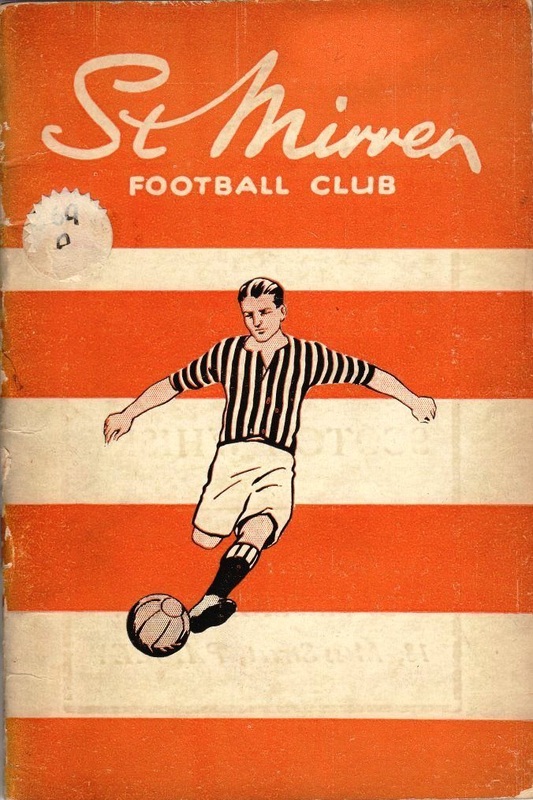
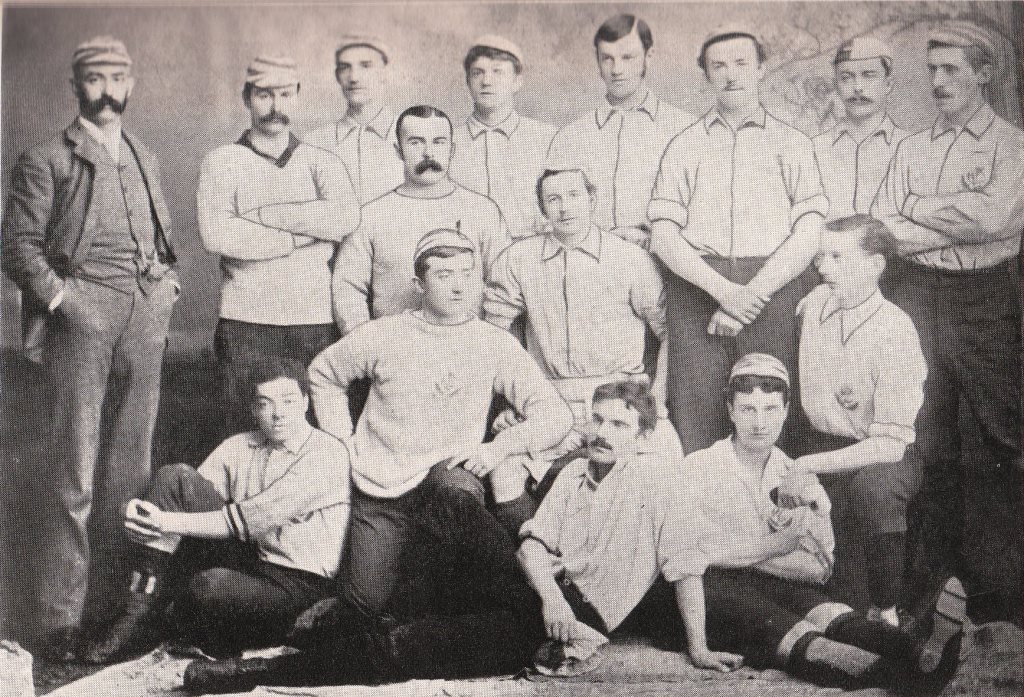
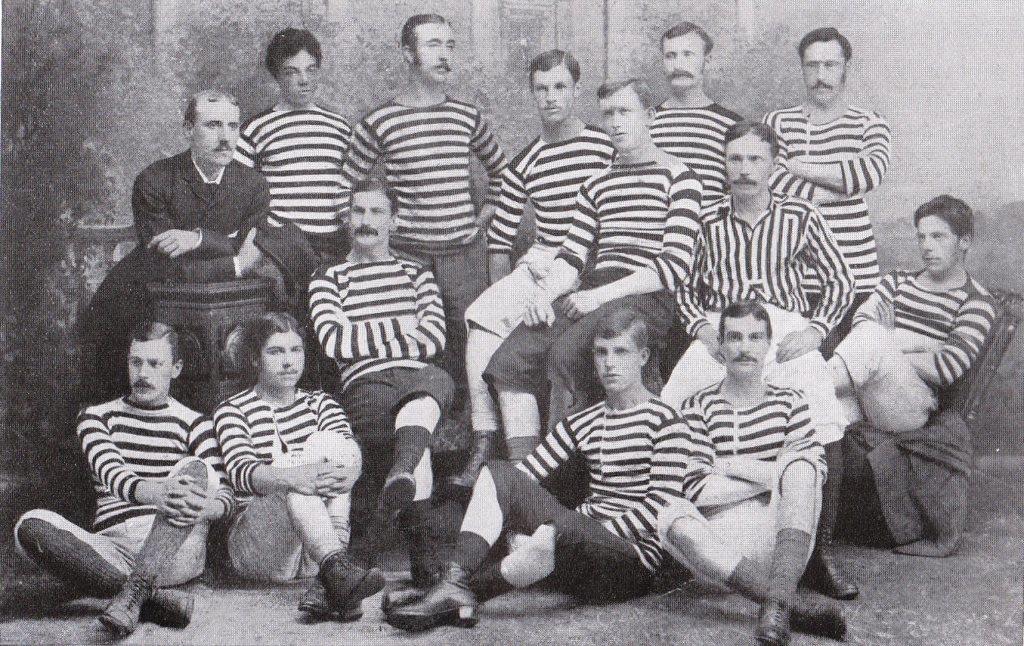
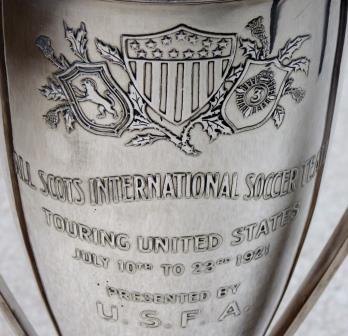
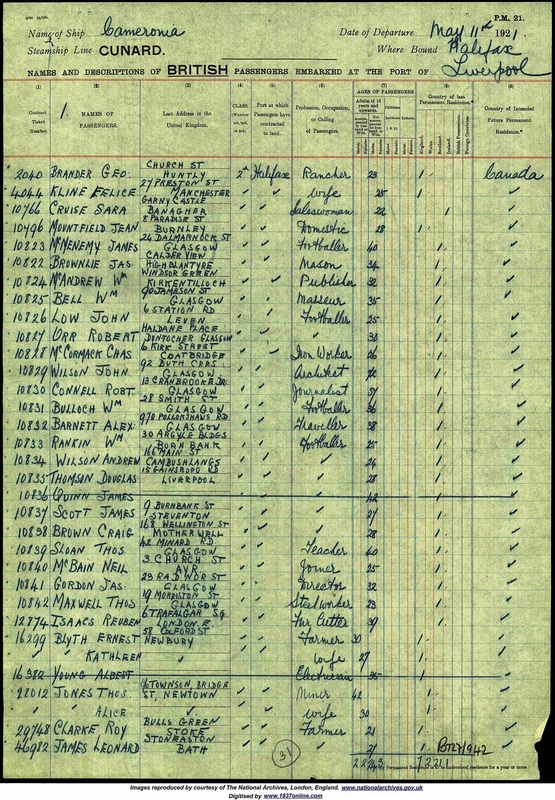
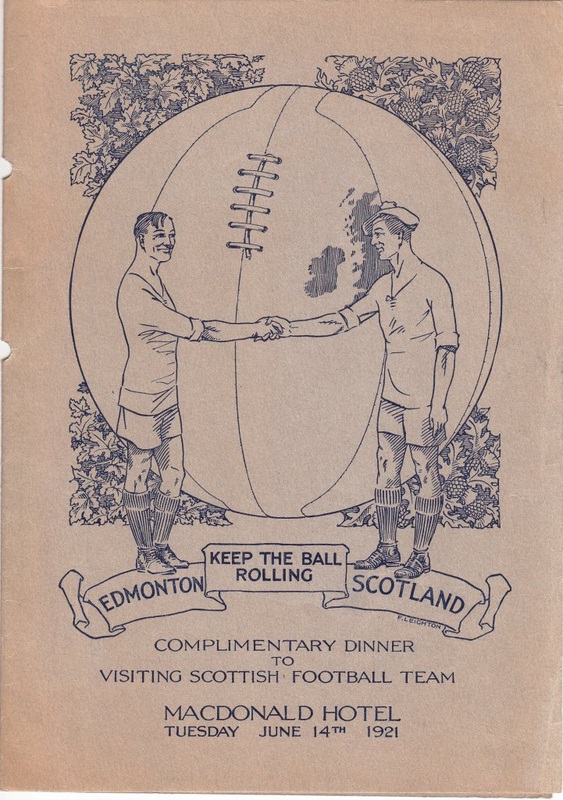
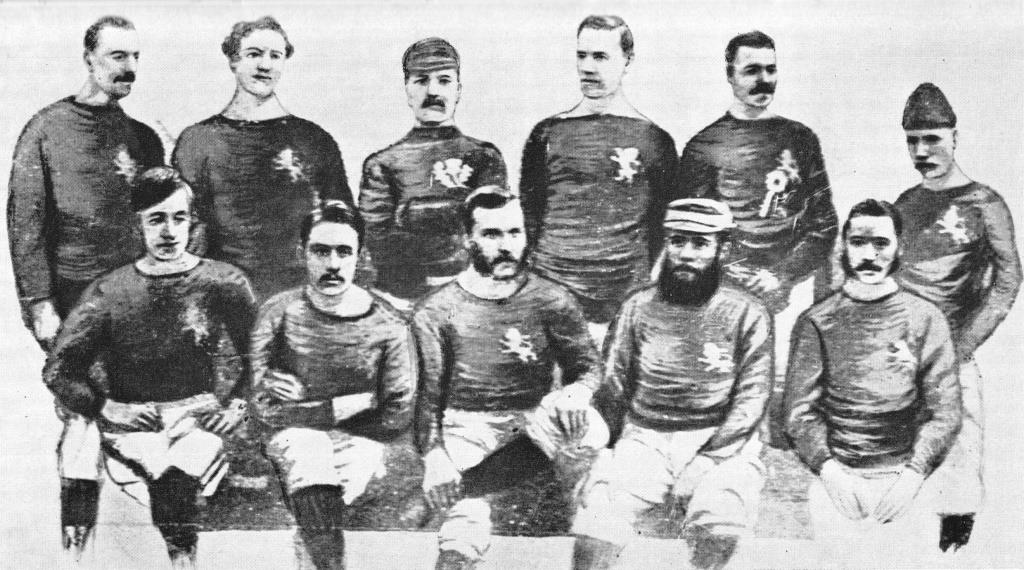
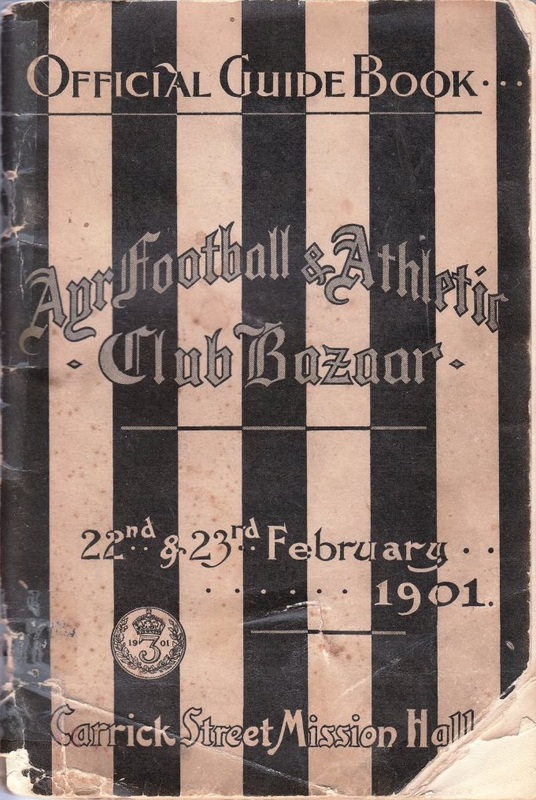
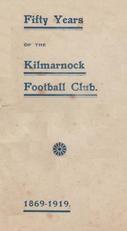
 RSS Feed
RSS Feed